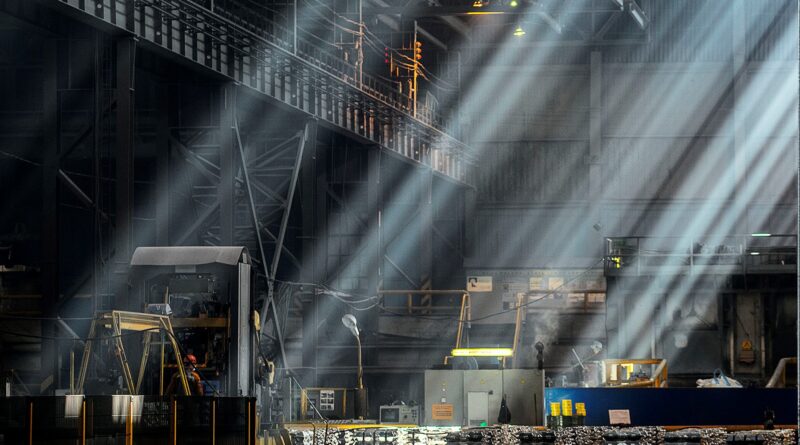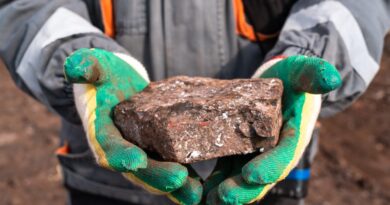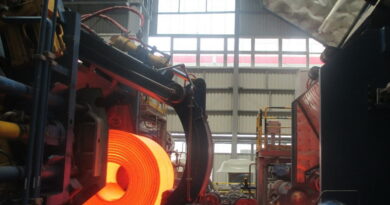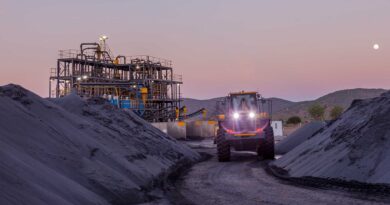Insimbi’s strategic focus is on recycling and beneficiating ferrous and non-ferrous metals
The first quarter of the new financial year was most promising, as prices for Insimbi’s key commodities continued to rise from the highs of late-2021. Trading conditions changed sharply in the second quarter as the Russian invasion of Ukraine affected economies worldwide, resulting in rising inflation and widespread concerns about a global recession. Along with a 20% to 25% decline in prices for copper, aluminium and steel, this operating environment has had a significant impact on our customers and suppliers alike.
The local economy remains fragile, with the Reserve Bank revising the forecast GDP growth to 1.9% for 2022, in the wake of higher interest rates and inflation, as well as a depreciating Rand.
Despite these global and local obstacles, Insimbi’s target industries and markets continue to develop, its core operations have performed well, and demand for its products remains strong, both locally and for export.
Insimbi believes that the conditions affecting its business may be less volatile in the second half of the financial year. The global focus on decarbonisation and vehicle electrification should support a recovery in copper and aluminium prices, in turn boosting Insimbi’s revenue and margins.
In addition, working capital and cash flow throughout the Group’s operations have been very well managed, and Insimbi is steadily degearing its balance sheet. The risk of external disruptions obviously remains high, but we believe we have demonstrated the Group’s resilience over the past two years.
Insimbi’s strategic focus remains on recycling and beneficiating ferrous and non-ferrous metals to meet demand for its products from local and export clients.
In conclusion, Insimbi is confident that its interim results and rolling 12-month earnings are tangible evidence of Insimbi’s resilience and potential, even under adverse conditions.




